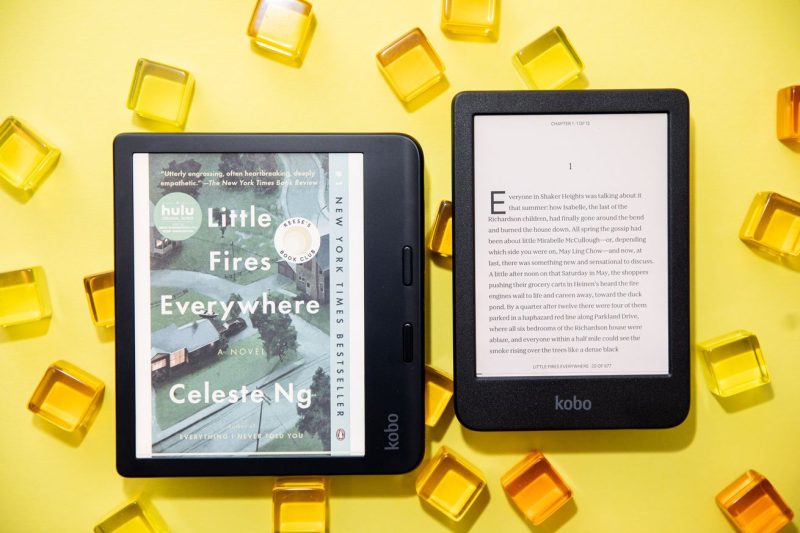The article referenced discusses the limitations of Kobo’s color e-readers due to lock-in issues. While the article sheds light on the shortcomings of Kobo’s color e-readers, it fails to provide a comprehensive comparison with other e-reader brands contributing to a one-sided view. In this response, we will delve deeper into the factors that contribute to lock-in issues, alternative e-reader options, and potential solutions for Kobo to address this challenge.
Lock-in issues can significantly impact user experience as consumers are tied to a specific ecosystem limiting their flexibility and freedom to explore other options. Kobo’s color e-readers, while visually appealing and offering a plethora of features, suffer from this drawback. The integration of Kobo’s reading service directly into the device limits users from easily transitioning to other e-book platforms and services, thus restricting their choices.
Comparing Kobo’s color e-readers with other prominent e-reader brands such as Amazon’s Kindle and Barnes & Noble’s Nook can provide a more holistic view. While Kobo struggles with lock-in issues, Kindle has a vast library of e-books and offers seamless integration with Amazon services. On the other hand, Nook provides a user-friendly interface and competitive pricing. By analyzing these alternatives, consumers can make an informed decision based on their preferences and requirements.
To overcome the lock-in challenges, Kobo should consider implementing strategies that enhance user freedom and flexibility. One approach could be to introduce compatibility with other e-book platforms, allowing users to access a wider range of content. Additionally, offering incentives for users to switch between platforms or providing tools to easily migrate their library to other services can mitigate the lock-in issue.
Moreover, enhancing the customization options and user interface of Kobo’s color e-readers can attract a broader audience. By focusing on user-centric design and functionalities, Kobo can differentiate itself in the market and appeal to customers seeking a more personalized reading experience.
In conclusion, while Kobo’s color e-readers have remarkable features, the lock-in issues hinder their full potential. By conducting a thorough comparison with other e-reader brands, exploring alternative solutions, and prioritizing user freedom, Kobo can address these challenges and enhance the overall user experience. Ultimately, empowering consumers with choice and flexibility should be at the forefront of Kobo’s strategy to deliver a competitive and user-centric e-reading solution.


































